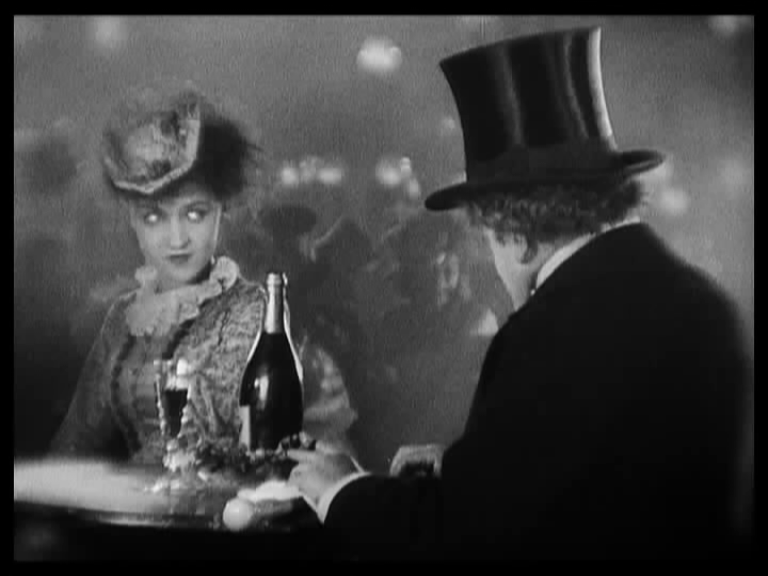Review
We have discussed the importance of the
camera's distance in relation to its subject in creating meaning in a film. We have looked at and discussed three different camera distances: (although there are variations, or sub-categories for each):
Long shot
Medium shot
Close-up
Task:
Discuss in pairs what different effects are created by using these different positional shots, using the examples you are given.
As well as
camera distance, other factors are important to how the camera helps convey meaning:
Camera angle/height
Camera movement
Today's lesson - Camera angle/height
Today we will focus on camera angle/height:
Eye-level shot
In John Huston's noir thriller
The Maltese Falcon (1941), an eye-level shot, made from the observer's eye level, is used during the initial meeting between Miss Wonderley (Mary Astor,
left) and Sam Spade (Humphrey Bogart,
middle). It creates a sense of objectivity or neutrality in their client-detective relationship, deceiving us into believing that the facts of their meeting are "on the level".
A high-angle shot is made with the camera above the action. It typically implies the observer's sense of superiority to the subject being photographed. Here in Terry Gilliam's futuristic
Brazil (1984), we see the hero, Sam Lowry (Jonathan Pryce) imprisoned and awaiting torture. The camera angle makes him appear very small in the corner of the cell, thus helping to convey his vulnerability and powerlessness against the forces against him.
A low-angle shot photographs the subject from below, typically placing the observer in a position of helplessness in the presence of a superior force. In
Juno (Jason Reitman, 2007), the camera angle emphasizes the newfound freedom and empowerment of the heroine in the penultimate scene, happily transformed back into a "normal" teenager.
Finally, the
Dutch-angle shot tilts the camera from its normal horizontal and vertical position so it is no longer straight. This helps suggest that in some ways the world in the camera shot is off balance. For instance, the 1960s TV series of Batman regularly employs Dutch-angle shots, especially in the villains' lairs. This helps suggest the rather insane or warped nature of the characters.
Task:
In your groups revisit your still films shot last week. You need to keep the same narrative in 12 shots but include at least:
one extreme close-up
one establishing shot
one low-angle shot
one high-angle shot
one Dutch-angle shot
one eye-level two shot
Homework:
Go to
www.blogger.com to create your very own film blog. Design it any way you like. Add your own gadgets, lists, etc. Then upload your finished still film to the blog, including captions explaining the type of shots taken, and any effects you wished to create.
The deadline is Monday, 14th March, 2011.




